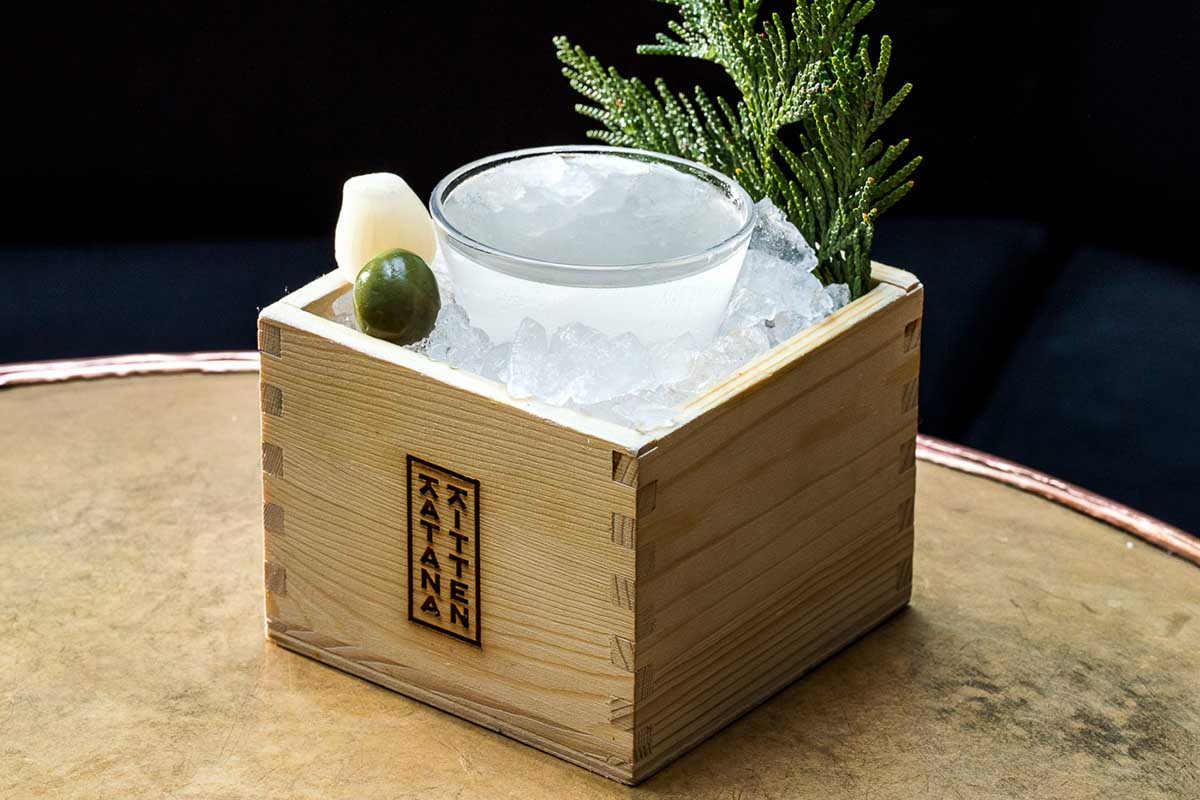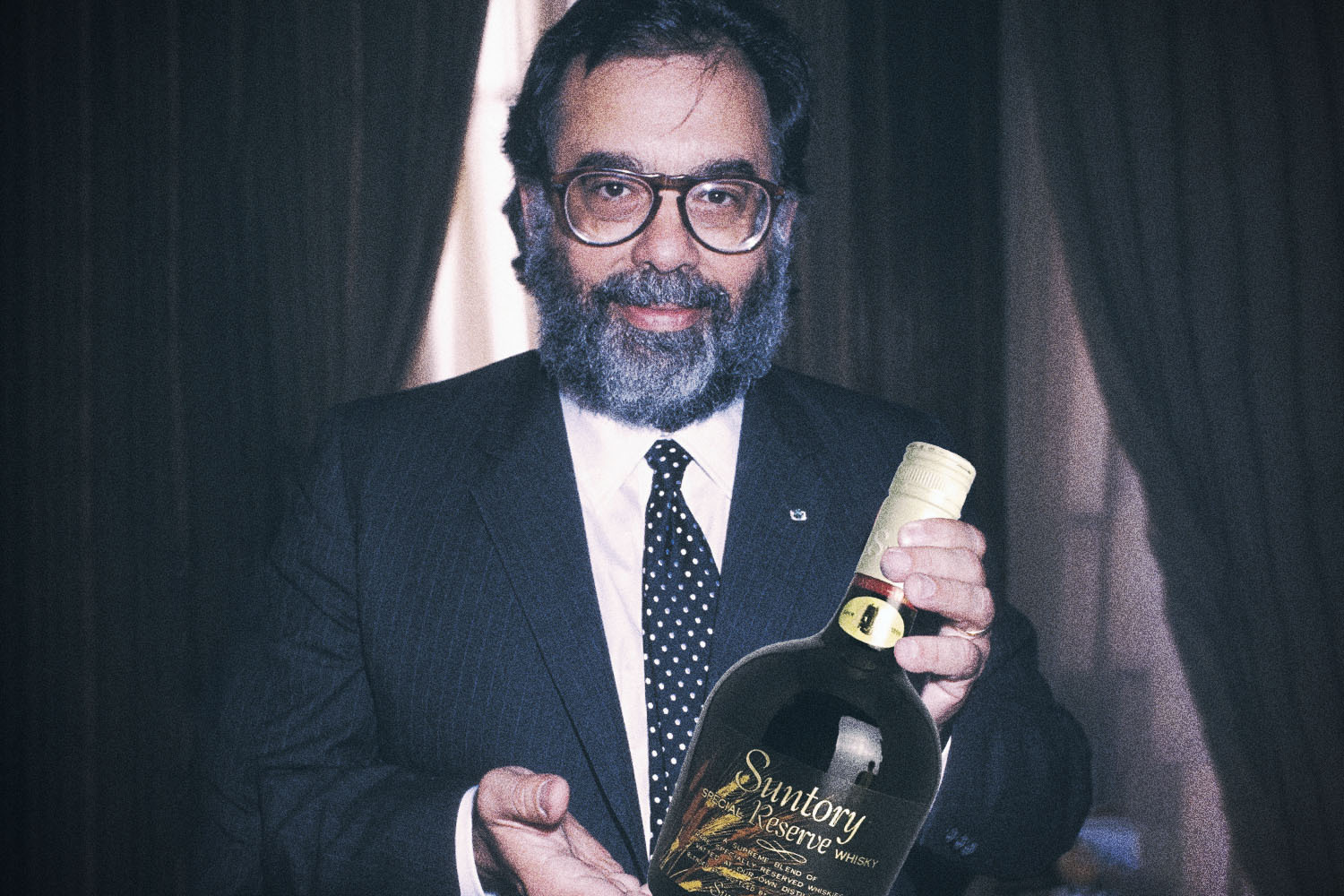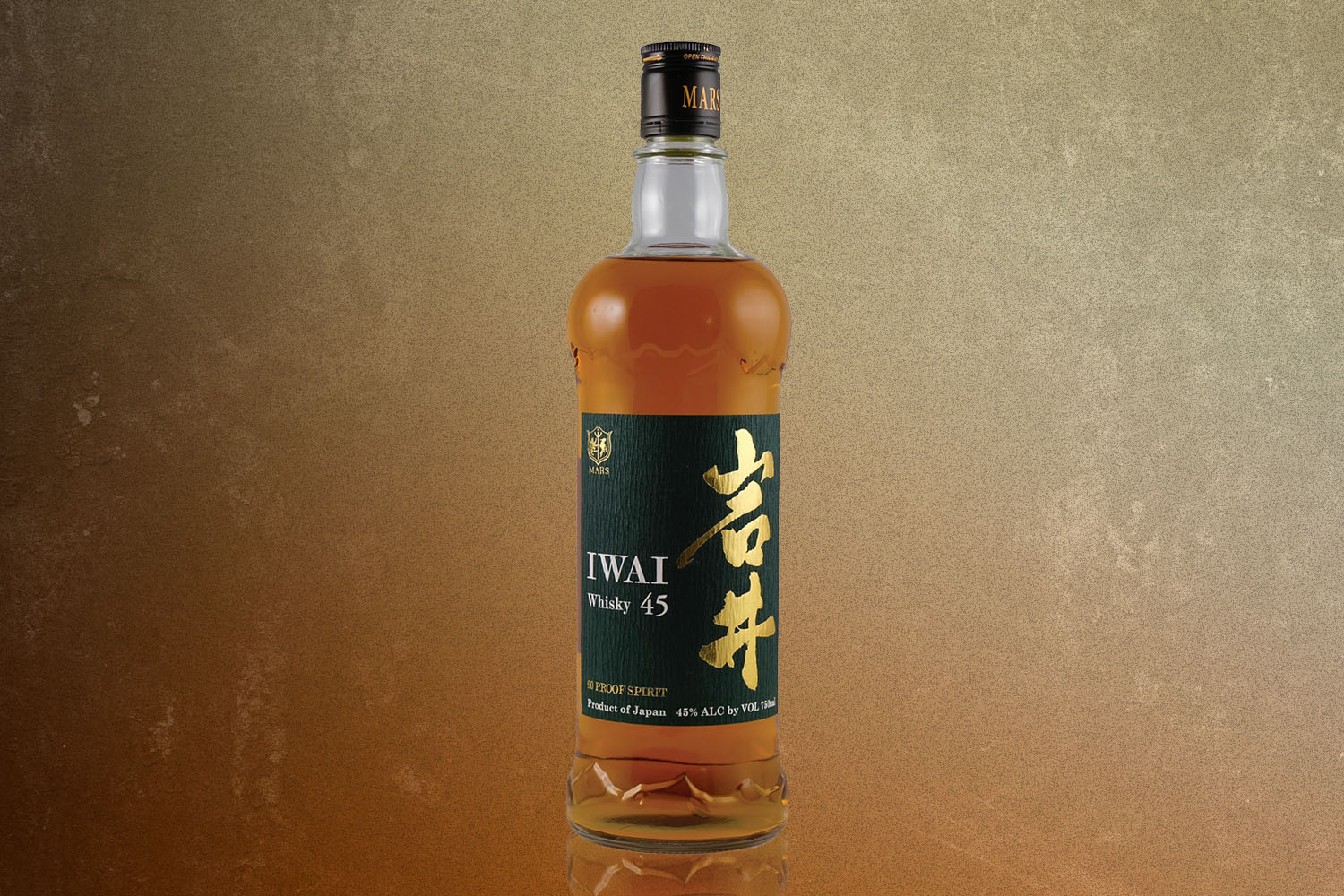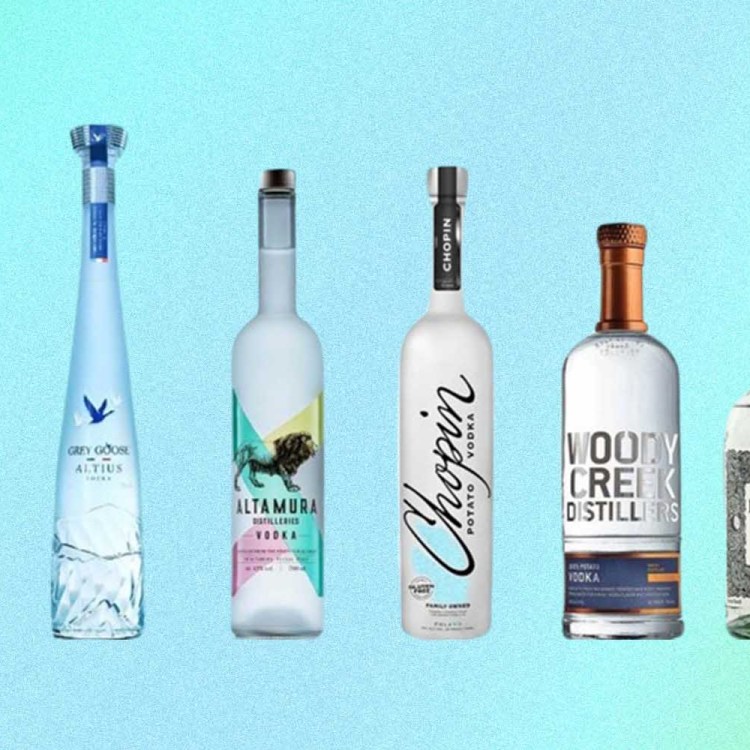The name of Masahiro Urushido’s bar, Katana Kitten, pairs the samurai sword known to be wielded by Uma Thurman in Kill Bill with the American word for a beloved baby feline. The moniker aptly summarizes Urushido’s mission: to create expertly crafted cocktails in a playful and welcoming environment.
And to marry two cultures together into one amazing cocktail experience.
The concept of his high-spirited bar is, as Urushido tells us, “a full-throttle Japanese-American bar. It’s not a Japanese bar in New York, not a Japanese-inspired or -themed bar, but rather a hybrid of two formidable drinking cultures, with each given equal respect and prominence.”
To share his extensive knowledge of the Japanese side of mixology, Urushido just released The Japanese Art of the Cocktail, which offers a glimpse into the personal and satisfyingly evocative stories behind the drinks served at Katana Kitten.
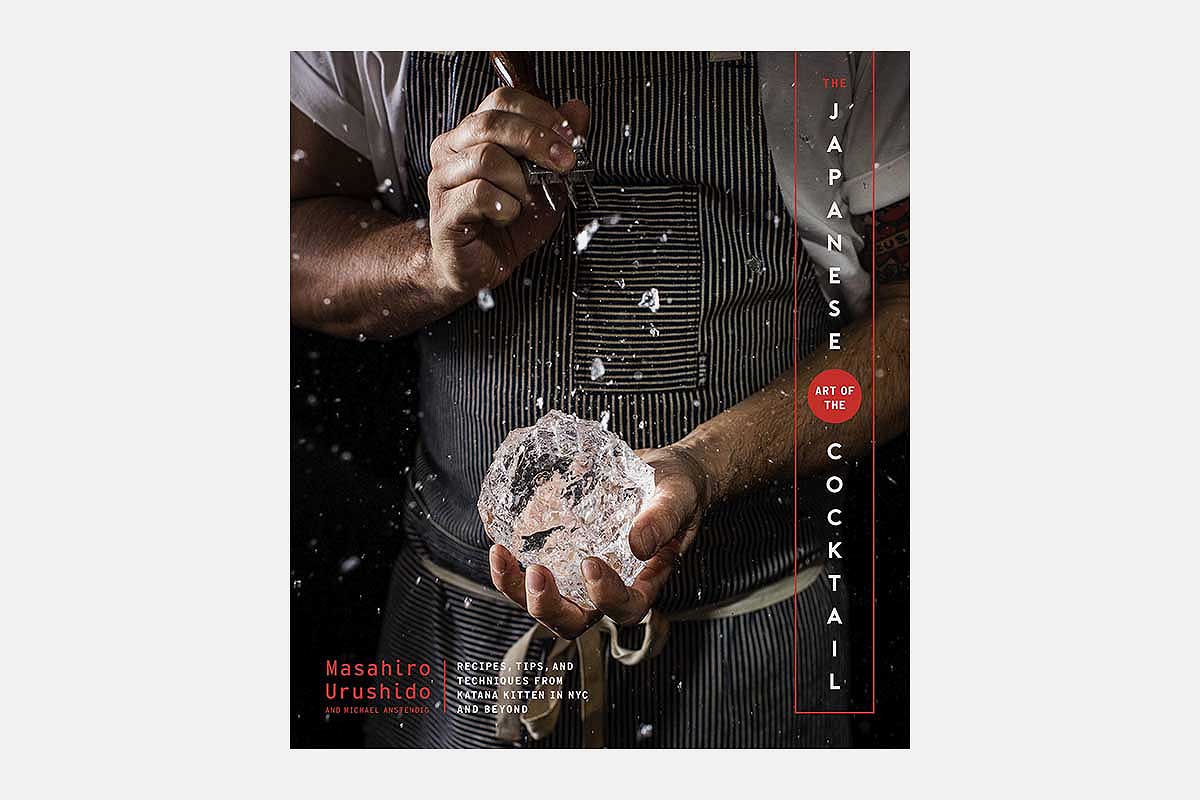
The book not only showcases the hybrid nature of Urushido’s bar, but also the duality of the Japanese cocktail world. “Japanese bartending has a unique way of weaving the various utilitarian processes and procedures a bartender employs in mixing a drink — from opening the bottles to measuring out the ingredients to shaking, straining, garnishing and presenting the final drink — into a seamless ritual of secular (although not entirely secular) communion,” as drinks historian David Wondrich writes in the book’s forward. “Masahiro Urushido is an exemplary ambassador for all that: To watch him mix drinks is an education in grace and elegance. Every drink of his I’ve had has been a thing of beauty: subtle, balanced, delicious and presented without pretense or vanity.”
Wondrich adds: “But there’s another side to Japanese culture, and that’s the one that produced My Neighbor Totoro and The 5.6.7.8’s; Hello Kitty and Tampopo. It’s sweet and whimsical, warm and joyous, and it rocks.”
Rather than learning about the science behind making a perfectly balanced cocktail, Urushido relied on the Japanese method of education — watching and learning and discovering from his own experiences. “It’s a privilege that I have, that my parents gave me, growing up in the setting of Minowa, where I was born and raised and where my grandparents had a farm and rice paddies,” he says.
From a young age, he was unknowingly being trained to become a professional in the food-and-drink industry, simply by eating and appreciating the food that his family made for him. “At lunchtime, my mom would give me a bento box for baseball practice. And I remember my friends had brought food from convenience stores,” he says. “I had my grandparents’ garden at the back of my dad’s house and I got to see these seasonal vegetables. Unconsciously, I came to understand, ‘Oh, it’s this season or that season’ because that’s what I saw at the dinner table. Without even really paying attention to what’s happening in the garden, naturally those things come to the dinner table. I never really realized these things until the process of writing this book, and [co-author Michael Anstendig] extracted these things from me. If it weren’t for this book, I might not have realized how fortunate my upbringing was.”
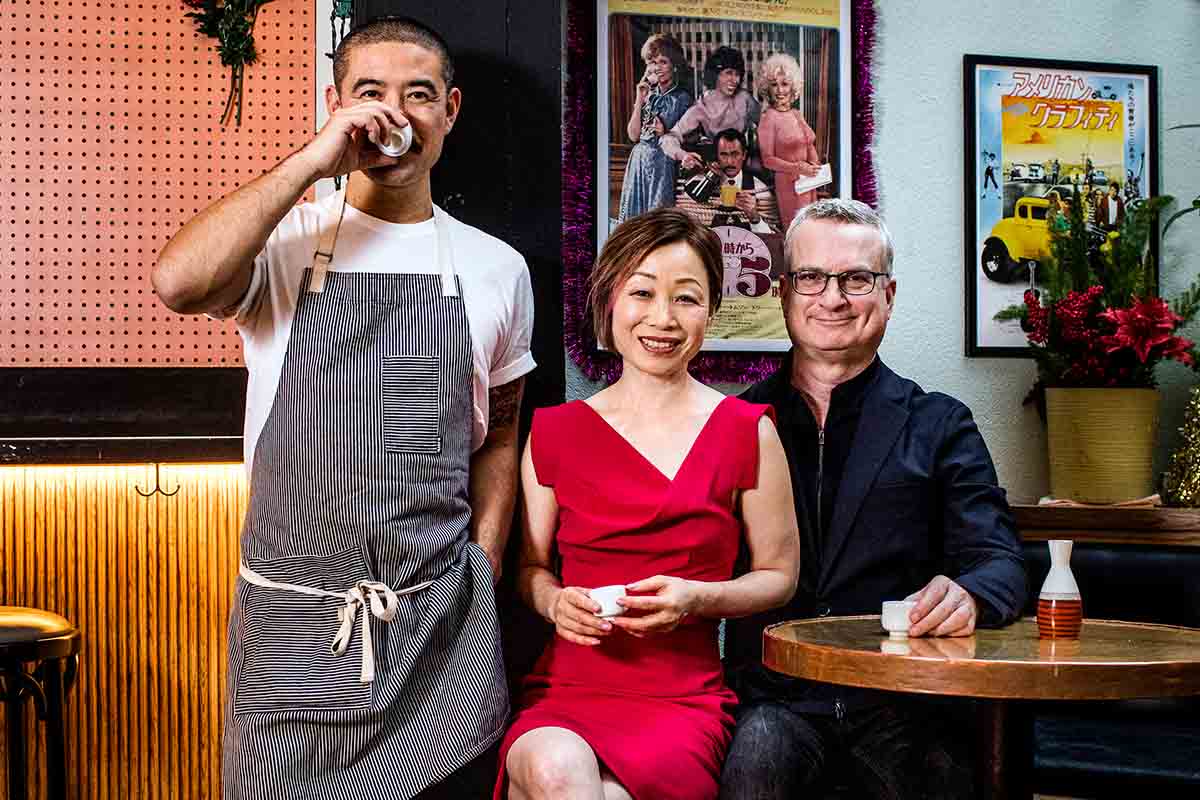
“I was very jealous, hearing all the stories about Masa’s upbringing, his sense memories of holding a tomato when it was still on the vine and experiencing that aroma,” says Anstendig, also the editor-in-chief of media agency Hanna Lee Communications. “These events get imprinted on his consciousness and he has an encyclopedia of memories built into his being at this point that has served him so perfectly as a bartender and in this profession.”
Not only does the blend of Japanese and American drinking cultures inform the cocktail menu at Katana Kitten, but it also influences the atmosphere of the bar itself. In Japan, there are several types of bars, from cocktail bars — where there are few seats and the guests are meant to remain quiet and attentive to the mixologists while they serve with grace and virtuoso — to tachinomi, standing bars where one goes to imbibe a quick beer or highball before catching a train. In New York City, Urushido manages to pull together a blend of these Japanese-style bars with the all-American dive bar, making any type of customer feel at home.
“The most important thing is atmosphere,” Urushido says, “The best way to put it is that Katana Kitten is a dive cocktail bar. What I love about dive bars is that they’re so approachable; it’s everyone’s everyday bar. I see that every night — at every single table there is something for everyone. At one table, I see someone drinking a boilermaker, and then at another table a group is drinking Cabarnet, and at another table they’ve already spent 500 bucks after one hour drinking cocktails.”
When asked which cocktail encapsulates this unique bar, both Astendig and Urushido agreed on the Hinoki Martini, whose stunning portrait can be found on the dedication page of The Japanese Art of the Cocktail, a saketini boasting a remarkable presentation in a wooden box brandished with the titular name. The recipe can be found in his book and below, but to appreciate the full experience with the generous and amiable hospitality of a Japanese-American bar, I would recommend visiting Urushido in the West Village.
Hinoki Martini
Says Urushido: This cocktail is my take on a well-made saketini, and it is very special to me. Over the years, I have been asked numerous times to make this drink, which is basically a vodka martini with sake substituted for the dry vermouth. The sake typically makes the drink a bit sweeter and rounder. For our rendition, I wanted to create a cocktail that honored the Japanese traditional sake serve and the classic dry martini. Hinoki is the Japanese cypress that is used to make the masu, the wooden cup used to serve sake.
When sake is poured into a masu, the scent of cypress becomes part of the experience. To re-create this sensation, I had to source the essence of hinoki, which did not exist. We solved this by creating our own. Unfortunately, you can’t exactly re-create this cocktail as I make it at Katana Kitten without a few drops of a key ingredient, a cypress tree distillate, but I’ve provided a handy workaround to create an approximation. The presentation of the drink is inspired by the traditional sake serve, where a glass is placed in a masu and filled until it overflows into the masu, a sign of expansive generosity. We serve the drink in a custom wooden masu created for us by Cocktail Kingdom.
The masu is filled with crushed ice, so the entire surface of the stemless cocktail glass containing the drink has contact with the ice to keep it absolutely cold to the very last sip. To obtain the cypress aroma, I collaborated with Jeff Lindauer, a good friend of mine from Spring44 Distilling in Colorado. We went up into the Rocky Mountains where cypress trees grow in abundance. We identified a varietal that is closest to Japanese cypress, chopped it down and extracted cypress oil. We first tried a maceration, but it didn’t quite capture the flavor, so we fired up the still and created a 140-proof distillate.
The unique and irreplaceable flavor of the tree is captured in the bottle. In this recipe, I provide the closest approximation, which is a homemade hinoki tincture. If you can’t source hinoki wood chips, experiment with other types of wood or omit the tincture completely. You will still have a delightfully dry martini to enjoy.
1.25 oz Grey Goose vodka
1.25 oz Spring44 Mountain Gin
.5 oz Lustau Solera Reserva fino jarana sherry
.25 oz Dassai 50 junmai daiginjo sake
5 dashes Hinoki Tincture (recipe follows)
Garnish: lemon twist, kombu-brined olive, rakkyo (pickled Japanese scallion bulb), and cypress leaf
Fill a square wooden masu cup with pebble ice and place a chilled, stemless martini glass in the ice. Combine the vodka, gin, sherry, sake and hinoki tincture in a mixing glass filled with ice. Stir until chilled and strain into the glass. Express a lemon twist over the surface of the drink and discard, then spray four bursts of hinoki tincture over the drink. Delicately adorn the pebble ice around the glass with a kombu-brined olive, rakkyo and a cypress leaf.
Hinoki Tincture
Makes 2 cups
.5 cup Hinoki wood chips
2 cups Everclear or high-proof vodka
Combine the wood chips and Everclear in an airtight 1.5-pint glass container and allow the chips to macerate for 24 hours. Strain into an airtight 1-pint container glass. Divide some of the tincture into a 4-ounce atomizer bottle and a 4-ounce dropper bottle, storing the remainder in the glass container. Seal the containers and store in the pantry indefinitely.
Join America's Fastest Growing Spirits Newsletter THE SPILL. Unlock all the reviews, recipes and revelry — and get 15% off award-winning La Tierra de Acre Mezcal.
